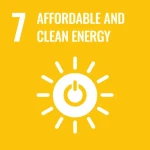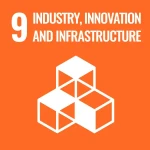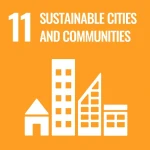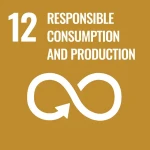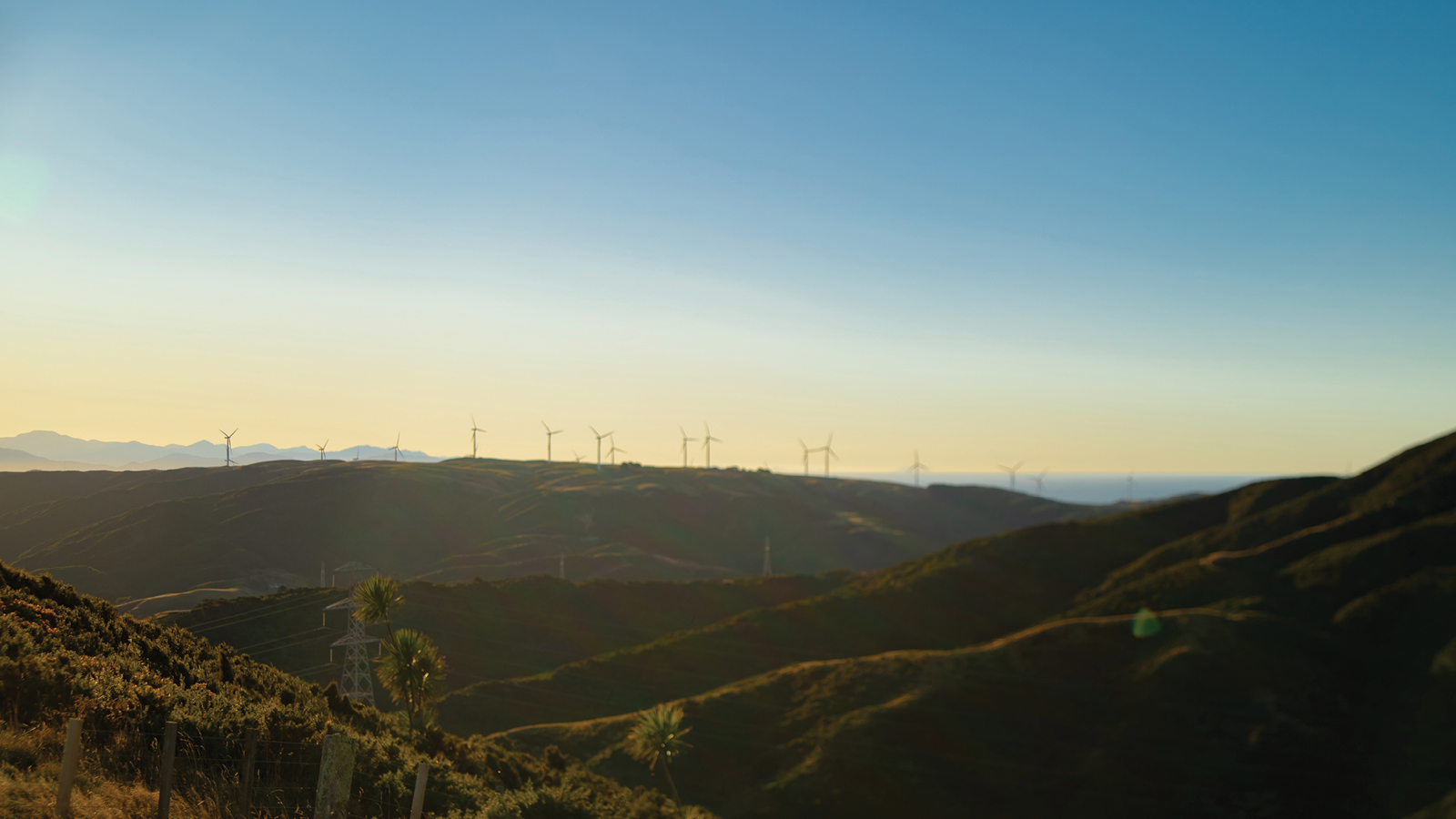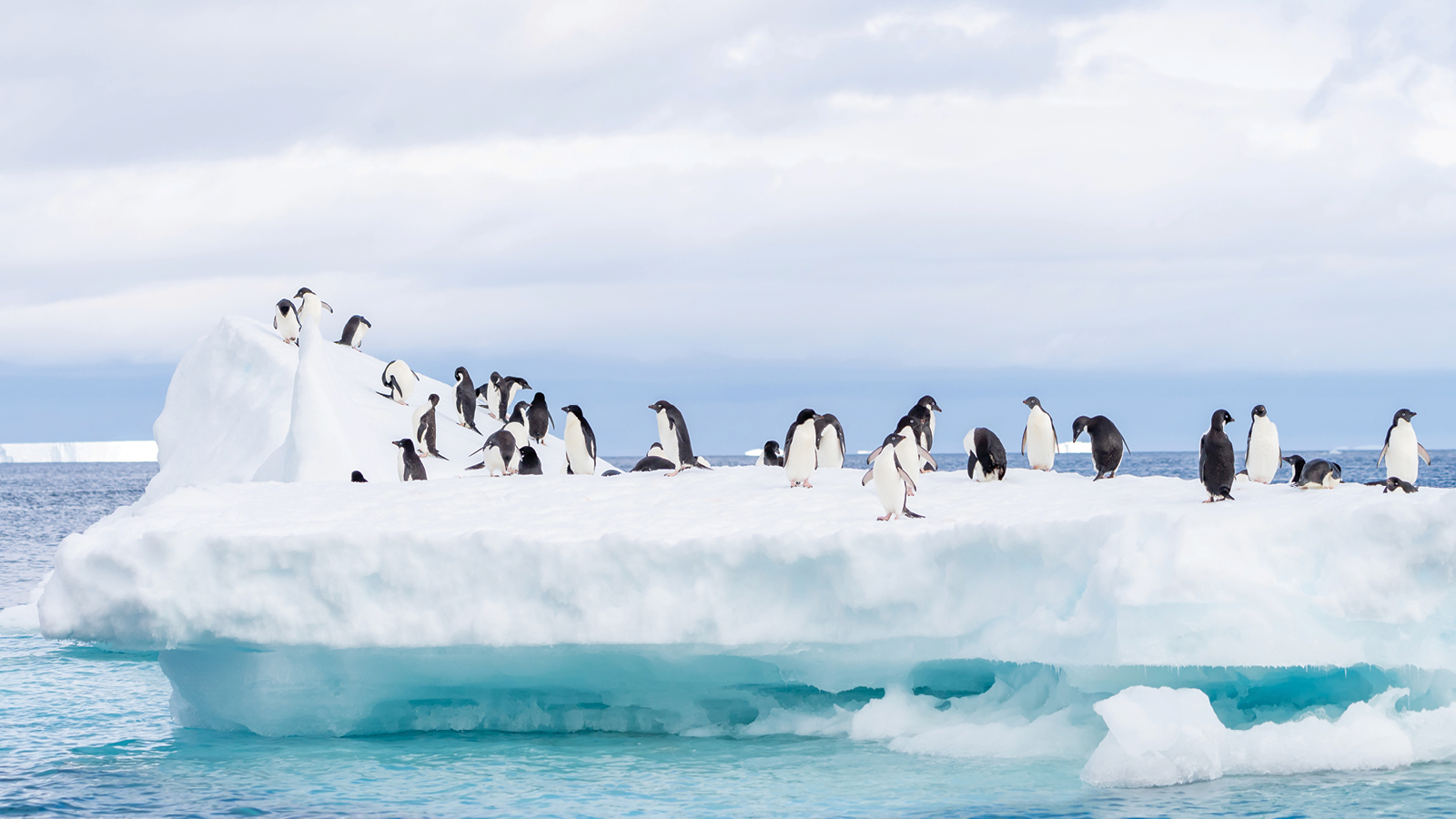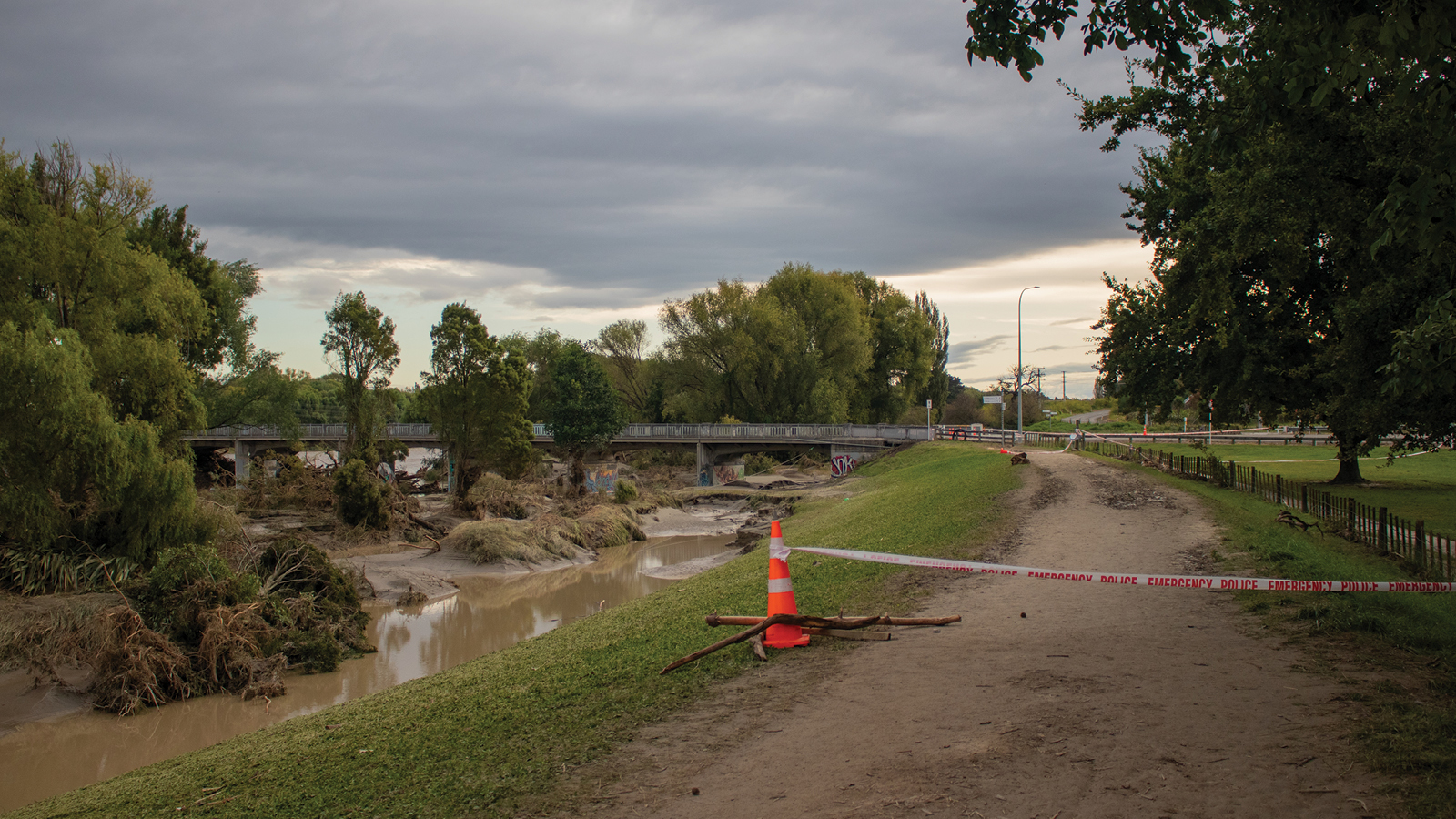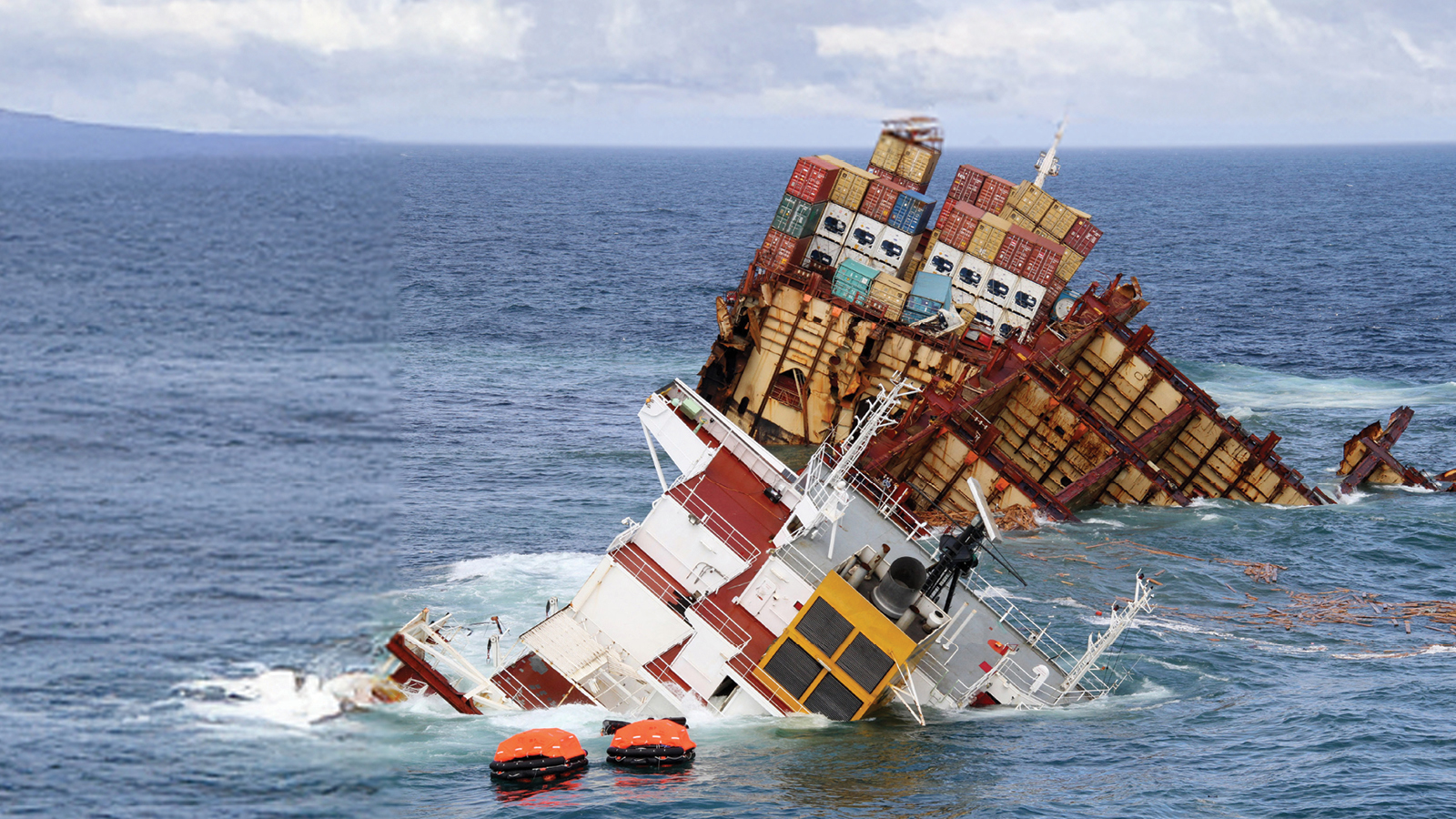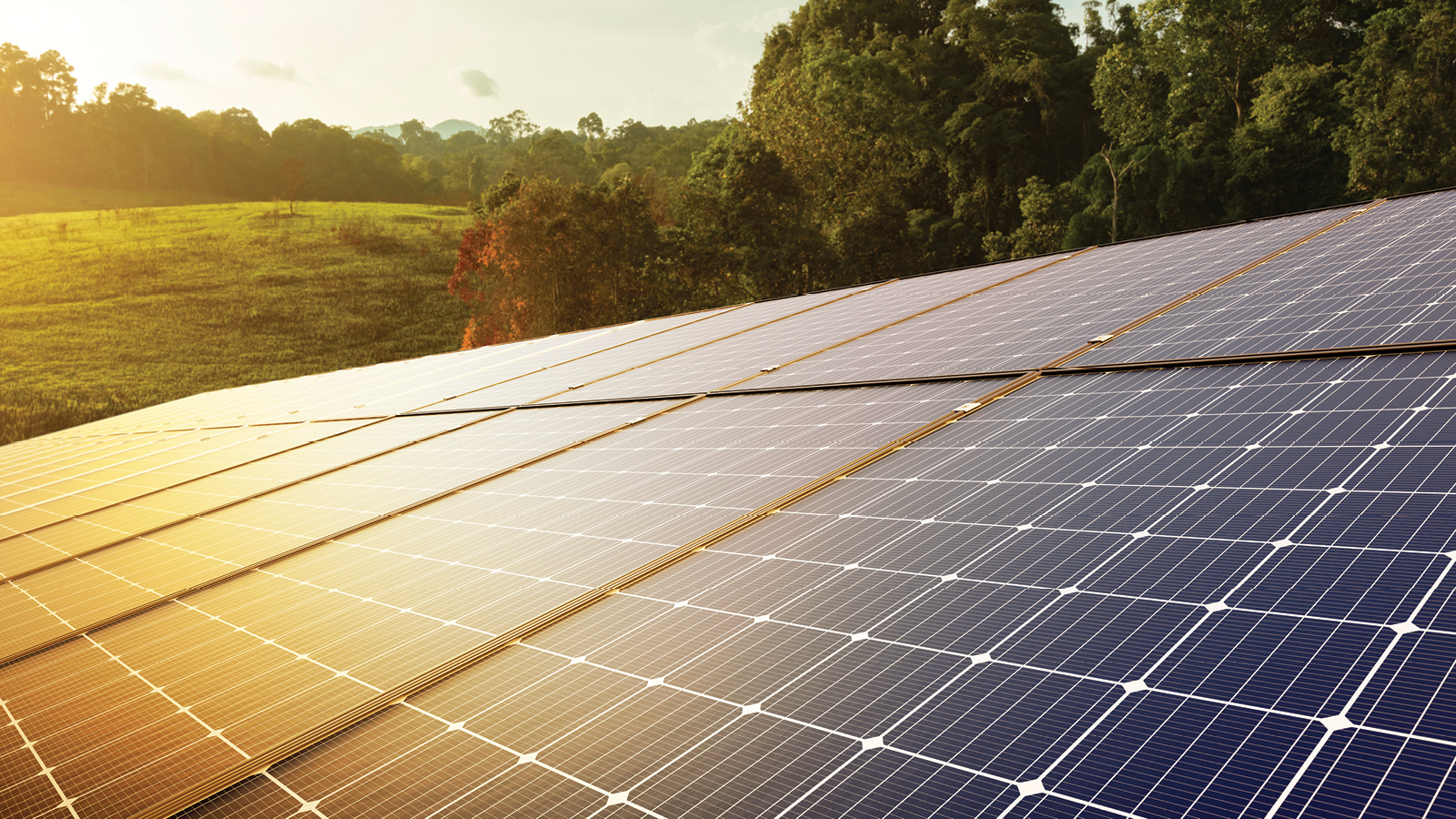Researchers at the University have created projects to proactively shape a sustainable future, from tackling local priorities, including housing affordability and decarbonisation of industry to creating hybrid and electric technologies and pioneering a circular economy for New Zealand.
As New Zealand faces a housing crisis, the University’s Te Kura Mata-Ao School of Engineering has developed novel solutions to address housing accessibility and affordability. In partnership with industry leaders, we are exploring cutting-edge construction methods using recyclable materials, including cold-formed steel and composites, to make construction faster and cheaper.
University researchers are leading Āmiomio Aotearoa, a project focused on the development of a circular economy for New Zealand. In this cross-disciplinary project, researchers are working alongside other academics and industry to embed sustainability across materials, people, business and policy. It includes innovations like creating design for adaptability (disassembly and versatility) and building systems from recycled, recyclable and regenerative materials such as cellulose from plants. These are more than research initiatives; they are pathways to eliminate waste and pollution and to circulate products and materials to reduce human impact on the environment.
By enabling industries to simulate and optimise processes, we have made significant strides towards decarbonising New Zealand’s industrial process heat sector. The University is home to the Ahuora Centre for Smart Energy Systems, whose mission is to help create more sustainable New Zealand industries that sit in harmony with the environment and people. The $12.5m project funded through the Ministry of Business, Innovation and Employment will help re-engineer the way we use, convert, supply and store renewable energy for industrial process heating.
Ahuora’s digital twin technology will address the urgent challenge of climate change by working with some of our most energy-intensive industries to reduce carbon emissions.
